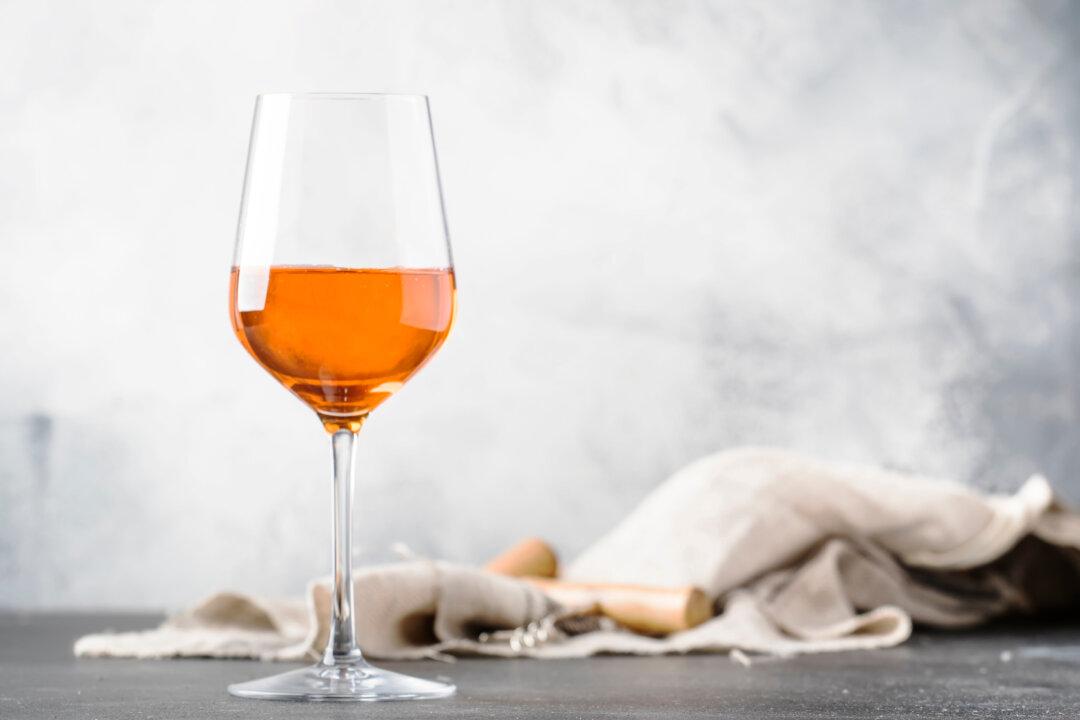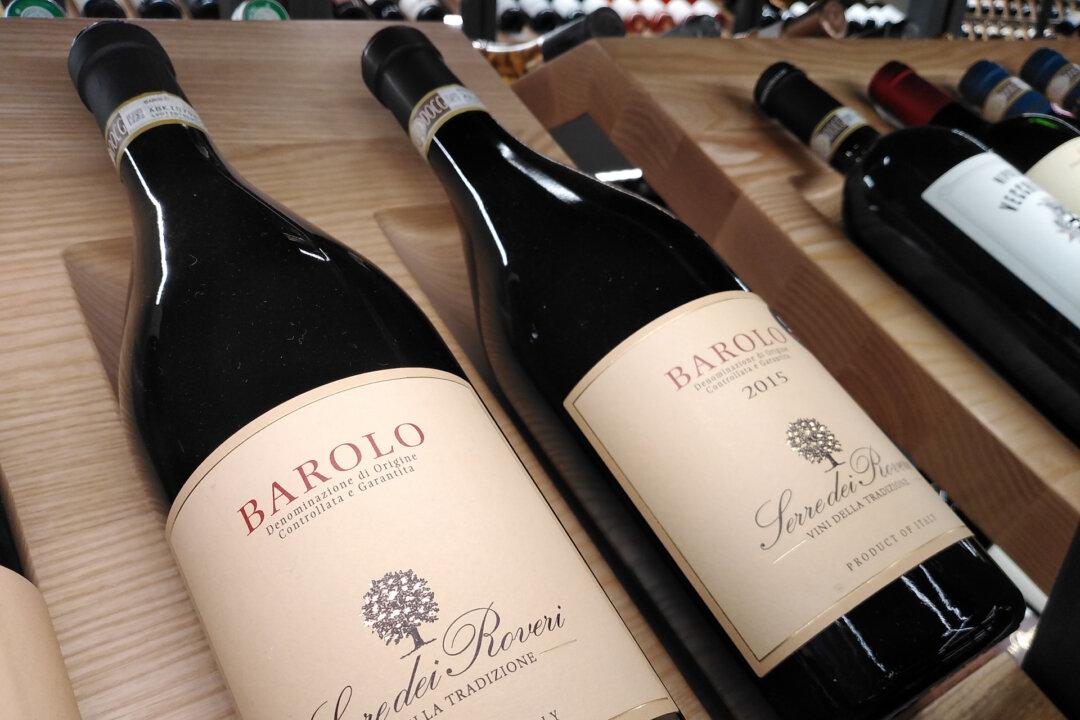Most people who drink wine on a regular basis have their favorite varieties. Most of us tend to stick with these grapes for years or decades, rarely straying from the familiar.
More adventuresome wine people like trying wines from places they didn’t know existed or from grapes they know nothing about. Depending on where you live, there may be a whole range of local wines that are non-mainstream.
Various regions of the country have weather patterns that preclude growing traditional wine grapes. In some areas, the only grapes that will grow consistently to make wine are those that are hybrids or crosses between various genetic lines that are bred to deal with Mother Nature’s nastiest vineyard problems.
Most of the wines we see regularly come from the species of grapevine we commonly call French grapes and emanate from the moderate-climate, Mediterranean areas of Europe.
“Vitis vinifera” vines give us grape varieties we all know: merlot, pinot noir, chardonnay, etc. But folks who live in places such as Missouri, Ohio, South Dakota, and Kentucky, where cold winters can kill the more delicate French grapes, see local wineries that make different wines.
In those states, folks may well find wines called vignoles, Seyval, or St. Vincent. These are hybrid varieties specifically bred to deal with harsh winter temperatures in which the French varieties struggle. Missouri and Virginia (and a few other places) grow a red wine grape called Norton that’s related to a native American vine from a rare family called Vitis aestivalis.
Some areas of the country offer even more rebellious vineyard challenges that call for specialized hybridized grapes. To deal with this, several crosses and hybrid varieties were developed at Cornell University in New York, such as chardonel, traminette, noiret, and corot noir.
Cornell became interested in this science because the native American grapes that did best in upstate New York’s Finger Lakes were from a group called Vitis labrusca. Most labrusca wines such as Concord offered a distinctive aroma (methyl anthranilate) that most Americans do not consider particularly exciting when served with food.
Winter weather that’s even colder than upstate New York presents challenges to even some of the more interesting hybrids. Such is the case in Minnesota, the Dakotas, and Wisconsin. Hybridization in those locations has led to a set of what we now call the Minnesota grape varieties. Many were developed by Wisconsin hybridist Elmer Swenson.
Today, among the “Swenson varieties” and other hybrids, we find exciting wines made from grapes called Brianna, Frontenac, Marquette, and La Crescent.
Decades ago, when such crosses and/or hybrids first started being produced, the results were inconsistent from place to place. But in the last decade, I’ve tasted dozens of astoundingly fine efforts by wineries from all over the United States that offer not only excellent aromas and tastes, but flavor profiles that are stimulating and can be provocative.
Many of the wines are so tasty it’s difficult to put them down!
Not only is winemaking improving rapidly, but grape growers now understand far more than they ever did about these new varieties and are making vineyard decisions that give winemakers infinitely more options.





